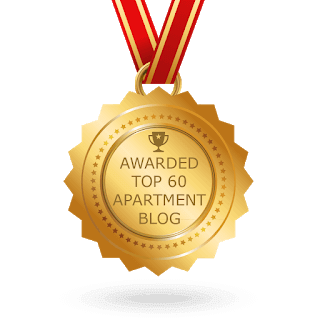Searching for subsidized housing in Minnesota, and knowing who qualifies for it, can be overwhelming. To make the process easier to understand, we have compiled a list of subsidized housing options that are not tied to specific buildings or properties, so you have more choices in where you live.
Keep in mind that to qualify for subsidized housing, you must fall within Minnesota’s income limits, and some programs have other requirements that must be met for assistance.
Section 8 Voucher
Section 8 vouchers allow you to pay rent on private, market-rate apartments. Landlords can accept or decline vouchers on a case-by-case basis, but you are not limited to where you can apply or live, unlike project-based Section 8 housing.
In general, expect to pay about 30% of your income in rent, while the housing authority backing the voucher will pay the remaining rent amount. One benefit of this program being tied to the renter rather than the unit is that if you move and still qualify for subsidized housing, the voucher can move with you.
Demand for Section 8 vouchers is high, so waiting lists can be long – between two and five years – or closed for much of the year. If you are interested in applying for a Section 8 voucher, contact the local housing authority to be added to the waitlist as soon as those lists are open.
Section 42
Section 42, or the Low Income Housing Tax Credit, incentivizes developers to provide affordable housing options to lower-income renters who would otherwise be unable to afford them. This program uses median household income figures calculated by the U.S. Department of Housing and Urban Development (HUD) to set affordable rent prices for qualified renters based on family size, income, and location.
Want to learn more? Check out our in-depth breakdown on Section 42 housing.
HTF rental assistance
The Housing Trust Fund (HTC) rental assistance program is a temporary housing subsidy specifically for High Priority Homeless individuals and families as assessed by the local Coordinated Entry system. Similar to the Section 8 voucher, the HTF program gives you the choice of where to live and you can expect to pay about 30% of your monthly income in rent.
HTF assistance is an option for some people who are on waitlists for Section 8 or similar housing, but you must be referred by the Coordinated Entry system.
Bridges rental assistance
If you or an adult in your family has a serious mental illness, the Brides program is available to help. Similar to HTF, Bridges is designed to assist with housing costs while you are on a waitlist for programs such as Section 8.
Between 30% and 40% of your monthly income will go towards rent in the Bridges program, but there are no limits on the home or apartment you choose as long as the landlord accepts your application.
Because this program is designed to be used as temporary assistance, as soon as the Section 8 waitlist opens, you must get on it. To apply for Bridges, contact your local housing authority.
Reach out to REE for More Information
This list is not exhaustive, so if you have more questions about subsidized housing and or your particular situation, contact your local housing authority. For more information about subsidy-eligible Real Estate Equities rentals, get in touch with us today! And if you want to get a head start, check out our listings of affordable apartments.
